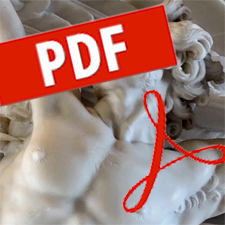The power of Hughes’ concept of reverse salients is evident in its widespread adoption and use in areas as diverse as water distribution, metals production, and mobile music businesses. In all these studies the reverse salient concept has been mainly applied to internal problems in the development of a large‐scale system. We focus not only on reverse salients within a system but also at the meta‐system level, wherein different systems come together to create a system of systems. We draw on the experience with containerization, which is a particularly interesting case study because it developed in response to the reverse salients at the meta‐system level—the bottlenecks at the interfaces between motor carriers, railroads, and water carriers, the three systems that together form the overall surface transportation system. We examine the processes both within each system and also at the meta‐system level and expand our understanding of reverse salients as a system development phenomenon.

PAGES
153 – 169
DOI
All content is freely available without charge to users or their institutions. Users are allowed to read, download, copy, distribute, print, search, or link to the full texts of the articles in this journal without asking prior permission of the publisher or the author. Articles published in the journal are distributed under a http://creativecommons.org/licenses/by/4.0/.
Issues
Also in this issue:
-
Ryan Jenkins, David Černý and Tomáš Hříbek (eds) Autonomous Vehicle Ethics: The Trolley Problem and Beyond
-
As open as possible, but as closed as necessary: openness in innovation policy
-
Turning sportswashing against sportswashers: an unconventional perspective
-
State secrets and compromises with capitalism: Lev Theremin and regimes of intellectual property
-
In search of an author